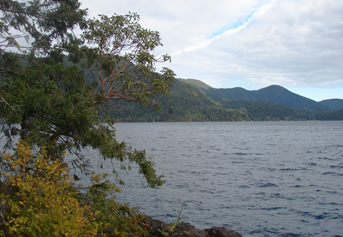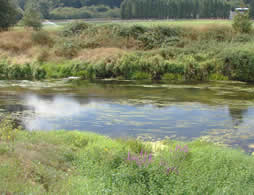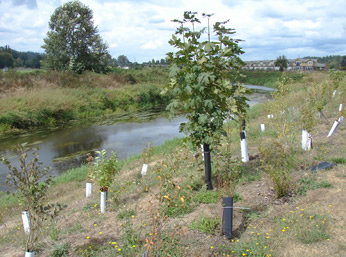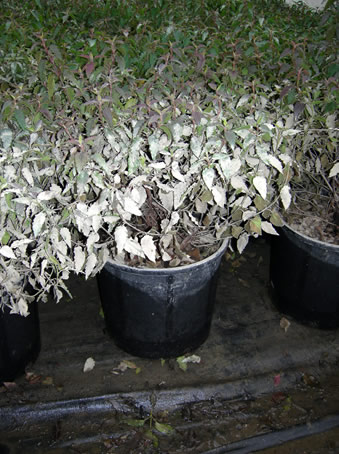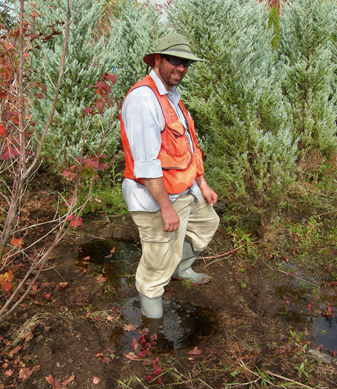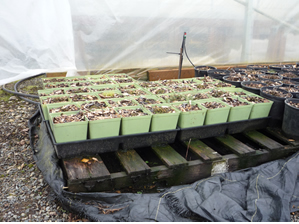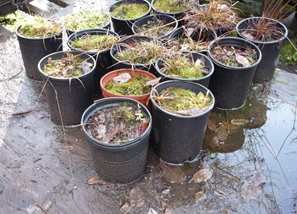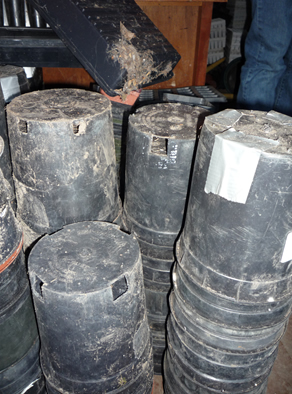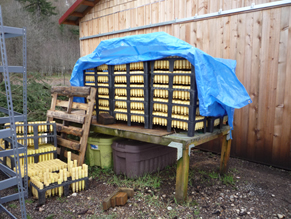2015 Monitoring of stormwater ponds in Puyallup
gary.maguireMonitoring stormwater ponds in Puyallup
Click here to see the results of these projects
Oomycetes are fungus-like organisms found in marine, freshwater, and terrestrial environments. Some, such as Phytophthora, Pythium, and Saprolegnia, are parasites of plants and animals. DNA sequence data has revealed that these organisms are not fungi, but are more closely related to brown algae and diatoms. We will be “fishing” for these organisms by using baits form various plant species.
Ornamental plant nurseries have historically been a source of invasive plant diseases since they acquire plant material from many different sources and disease symptoms can be difficult to recognize on some hosts. like disease epidemics in the human population, once the disease moves onto a plant host with high susceptibility it can be very devastating. Phytophthora pathogens are the cause of some of the most destructive plant disease outbreaks, such as Sudden Oak Death, caused by P. ramorum.
This project, we will sample stormwater retention ponds in newly landscaped housing developments in Puyallup. The goal is to identify Phytophthora species that may be moving from landscaped areas into the ponds. This will help us to determine which pathogens are present on the landscape plants and allow us to detect any invasive species early. In addition, some baseline information about Phytophthoras and other oomycetes in the these ponds will be collected.
We are looking for someone who is interested in getting experience working in a laboratory. Volunteers and students with an interest in environmental microbiology and/or plant pathology would benefit from working on this project. In the lab at WSU Puyallup, symptomatic material from leaf samples will be cultured on selctive media. Colonies of P. ramorum and other Phytophthora species will be isolated and identified using morphological and molecular methods.
For more information or to volunteer contact Marianne Elliott.
Back to Stream Monitoring Student Projects

